TOPIC 6: MOTION IN STRAIGHT LINE
Motion is the change of position of an object from one place to another. It is the study of the movement of a body from one point to another. It studies of all aspects of motion including distance and displacement, speed and velocity, acceleration and deceleration e.t. c.
There are two types of motions;
- Circular motion– Is the motion of an object in a circular path. Examples; Motion of the electron around the nucleus of an atom, Revolutionary movement of the earth around the sun, Motion of a car around a cornered road.
- Linear motion– Is the motion of an object in a straight-line path. Examples; A fruit falling from a tree, a stone thrown vertically upward, a bus moving along a straight road.
JOIN US WHATSAPP CLICK HERE
JOIN US TELEGRAM CLICK HERE
Distance and Displacement
Difference between Distance and Displacement
Distinguish between Distance and Displacement
Distance is the length between two points or two places. It is a length covered by a body in motion. Distance is a scalar quantity because it has magnitude only. For example, a car moved 4 km. ‘4 km’ is the magnitude of the distance covered.
Displacement is the length between two points in a specific direction. It is simply a distance covered by a moving body in a specific direction. Displacement is a vector quantity because it has magnitude and direction. For example, a car moving through 4 km towards north. ‘4 km’ is the magnitude of the displacement and ‘north’ is the direction of the motion of the car.
Differences between distance and displacement
| Distance | Displacement |
| Is the length moved by an object between two points | Is the distance in a specific direction |
| It is a scalar quantity | It is a vector quantity |
The SI Units of Distance and Displacement
State the SI units of Distance and Displacement
Distance and displacement have the same S.I unit which is Metre (m). other common units used to measure distance and displacement are Kilometre (km), centimetre (cm), millimetre (mm), miles and so on.
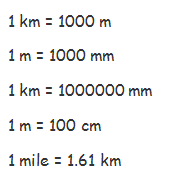
Speed and Velocity
Acceleration
Equations of Uniformly Accelerated Motion
Motion under Gravity


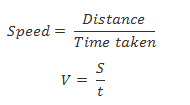
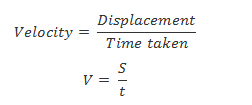
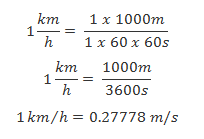
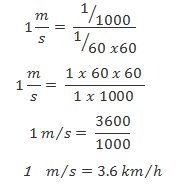
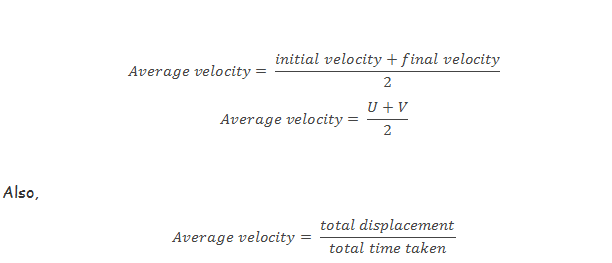
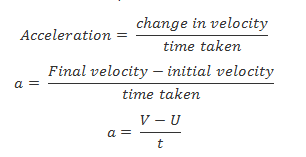


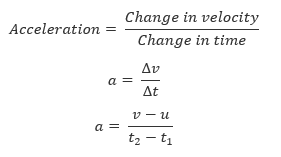
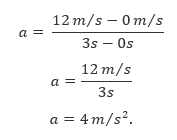
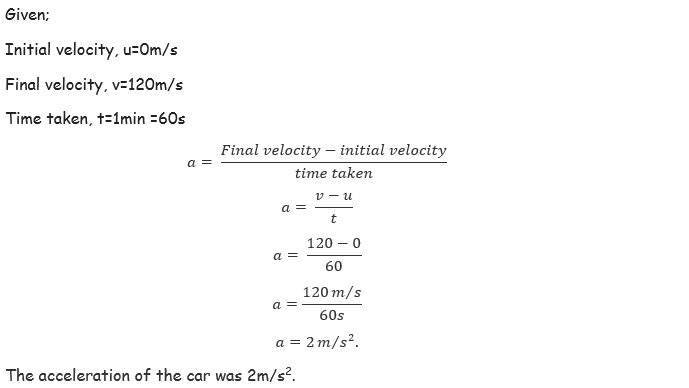
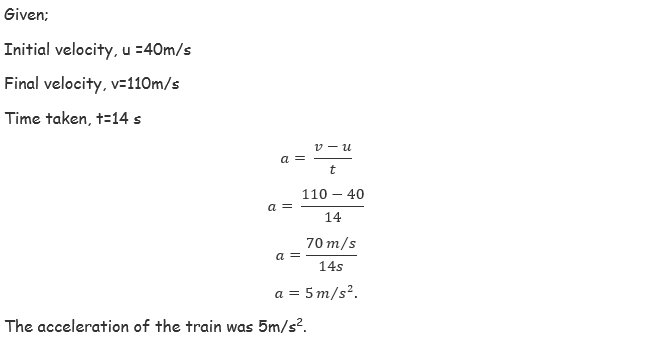
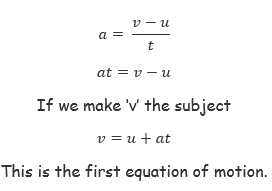
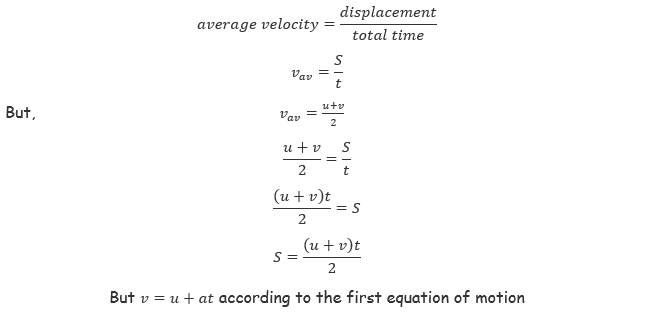
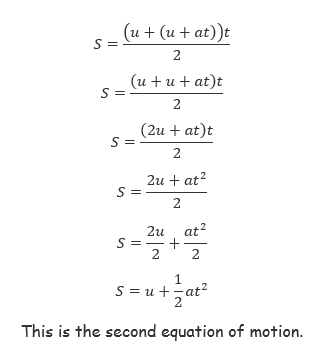
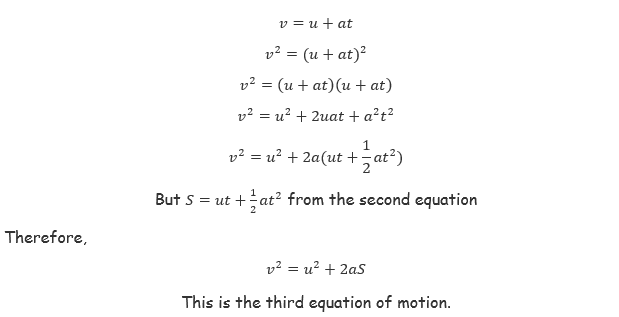
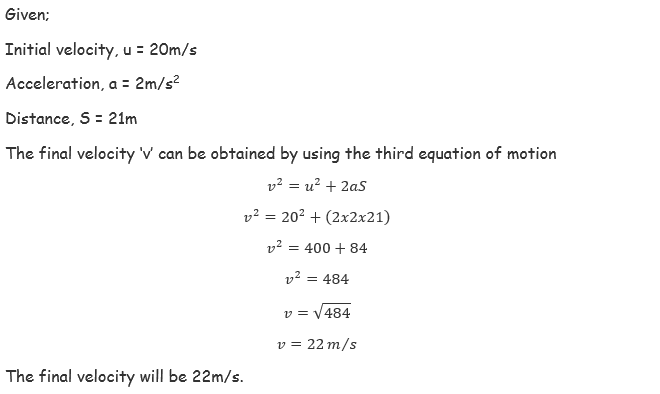
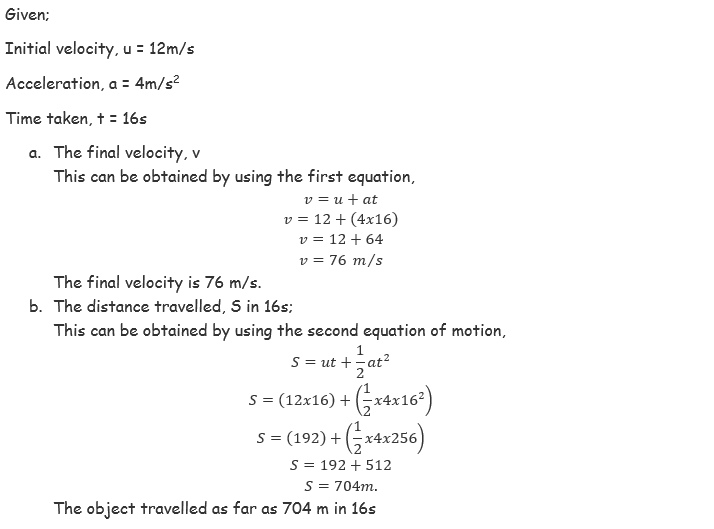
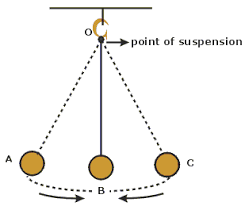


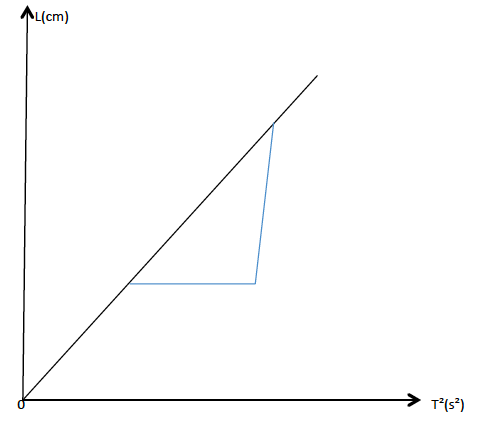
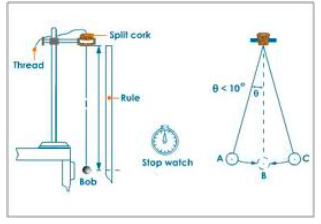
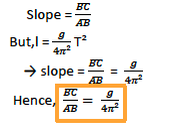
1 Comment
Good notes but you can add more questions.